What is On-Page SEO and Why is it Important?
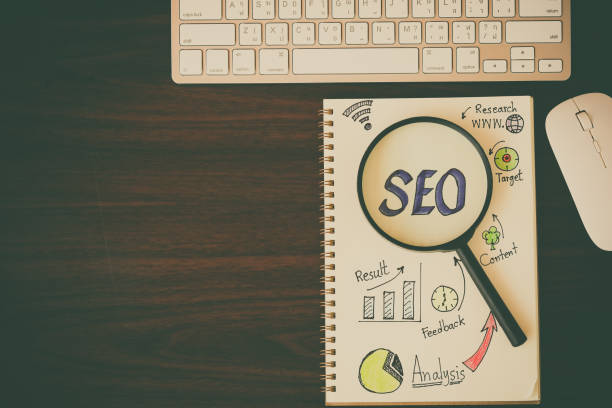
On-Page SEO refers to a set of techniques and actions performed within your website to improve its ranking in search engines like Google.
These actions include optimizing content, site structure, HTML tags, and other page-related factors.
The importance of On-Page SEO lies in its ability to help search engines better understand your site’s content and present it to relevant users.
Without a strong On-Page SEO strategy, even the best content might get lost among a multitude of web pages.
To better understand the importance of On-Page SEO, imagine your website is a shop.
On-Page SEO is like the layout and decoration of the shop that attracts customers and encourages them to buy.
If your shop is messy and unclear, customers will quickly leave it.
Similarly, if your website is not optimized for search engines, it will not get a good ranking, and you will lose organic traffic (traffic obtained through search).
#Content_Optimization is one of the fundamental aspects of On-Page SEO.
On-Page SEO includes many elements, such as choosing appropriate keywords, optimizing title tags and meta descriptions, creating high-quality and relevant content, improving site structure, and internal linking.
Each of these plays an important role in improving your site’s ranking in search engines.
In the rest of this guide, we will delve deeper into each of these items.
Are you tired of your company’s website not being seen as it deserves, and losing potential customers? Solve this problem forever with professional and effective website design by Rasawp!
✅ Increase brand credibility and gain customer trust
✅ Attract targeted sales leads
⚡ Contact us now for a free consultation!
Keyword Research – The Cornerstone of On-Page SEO
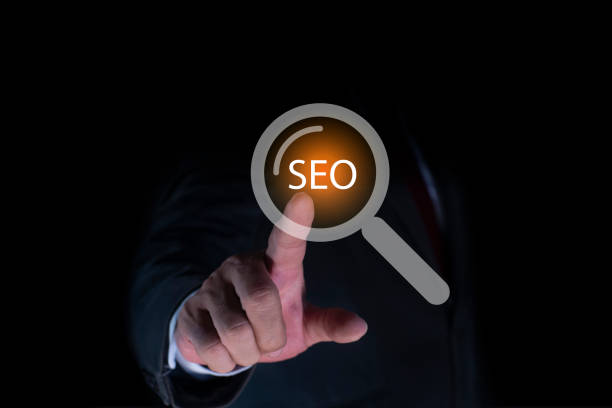
Keyword research is the first step in any On-Page SEO strategy.
Keywords are phrases that users enter into search engines to find information.
Choosing appropriate keywords helps you optimize your content for your target audience and gain more organic traffic.
For keyword research, you can use various tools such as Ahrefs, Moz Keyword Explorer, Ubersuggest, and Google Keyword Planner.
These tools help you find keywords related to your field of activity, check their search volume, and evaluate the level of competition.
When choosing keywords, pay attention to the following:
- Relevance: Keywords must be relevant to your site’s content.
- Search Volume: Keywords should have an appropriate search volume, meaning a large number of users search for them.
- Competition: Keywords should not be overly competitive, meaning not too many websites are trying to rank for those keywords.
After choosing appropriate keywords, you should use them naturally and purposefully in your content.
Avoid excessive use of keywords (Keyword Stuffing), as this can harm your site’s ranking.
Optimizing Title and Meta Descriptions – First Encounter with the Audience

Title Tag and Meta Description are two important elements in On-Page SEO that are displayed on the Search Engine Results Page (SERP).
The title is the main title of your page, and the meta description is a short summary of the page’s content.
These two elements are the first thing users see on the search results page, so optimizing them is crucial for attracting users and encouraging them to click on your link.
The title should be concise, attractive, and relevant to the page’s content.
The title length should not exceed 60 characters, as Google usually truncates longer titles.
Use your main keyword in the title, but place it naturally within the sentence.
The meta description should be an accurate and attractive summary of the page’s content.
The meta description length should not exceed 160 characters.
Use keywords relevant to the page’s content in the meta description, but try to write it in a way that is appealing and encouraging to users.
Example
Suppose you have written an article about “How to bake a chocolate cake.”
A suitable title and meta description for this article could be as follows:
Title: Complete Guide to Baking Delicious Chocolate Cake at Home
Meta Description: In this article, we introduce you to all the steps for baking a delicious homemade chocolate cake. Stay with us!
| Element | Description | Best Practice |
|---|---|---|
| Title (Title Tag) | Main title of the page | Concise, attractive, contains keyword, max 60 characters |
| Meta Description (Meta Description) | Short summary of page content | Accurate, attractive, contains relevant keywords, max 160 characters |
Content Optimization – The Reign of Quality and Value
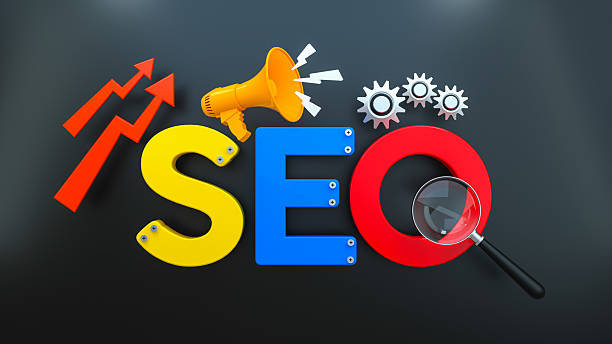
Content is king! This famous saying in the world of SEO demonstrates the importance of high-quality and valuable content for ranking in search engines.
Google and other search engines aim to provide the best and most relevant results to their users.
Therefore, if you want to improve your site’s ranking on Google, you need to produce content that:
- Is relevant and valuable: Your content should directly answer user needs and questions and provide useful information.
- Is unique: Avoid copying content from others and try to produce original and innovative content.
- Is readable and engaging: Use short and simple sentences, and utilize images, videos, and other visual elements to make your content more appealing.
- Is optimized: Use appropriate keywords in your title, descriptions, headings, and main content, but avoid excessive keyword usage.
Furthermore, you should regularly update your content to keep it fresh and engaging for search engines and users.
Are you frustrated with your e-commerce site’s low conversion rate? Rasawp transforms your online store into a powerful tool for attracting and converting customers!
✅ Significant increase in visitor-to-buyer conversion rate
✅ Exceptional user experience to boost customer satisfaction and loyalty⚡ Get a free consultation from Rasawp!
URL Structure Optimization – Proper Addressing for Search Engines
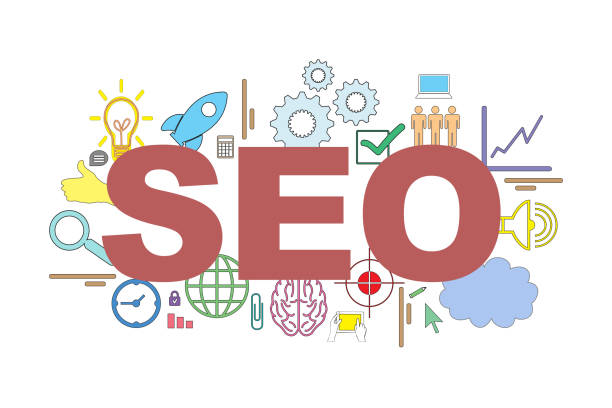
URL structure is one of the important factors in On-Page SEO that helps search engines better understand your page’s content.
An optimized URL should be:
- Short and readable: Avoid using long and complex URLs and try to make your URL as short and understandable as possible.
- Contains keywords: Use your main keyword in the URL, but place it naturally within the URL.
- Organized and categorized: Use a logical and categorized URL structure so that users and search engines can easily navigate your site.
Example
Suppose you have written an article about “Laptop Buying Guide.”
A suitable URL for this article could be as follows:
example.com/laptop-buying-guide
This URL is short, readable, and contains the main keyword. Also, a logical URL structure has been used.
Image Optimization – Beyond Visual Aesthetics
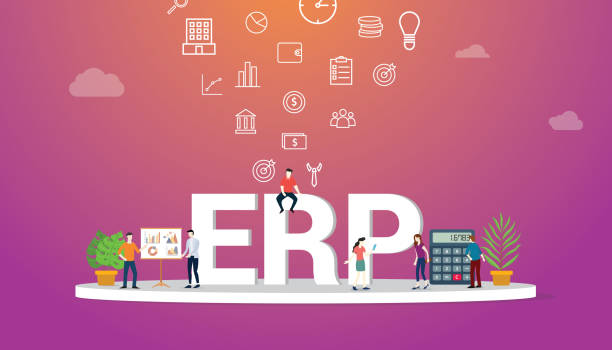
Images play a significant role in the appeal and readability of your content, but optimizing images for SEO is also very important.
An optimized image should:
- Have an appropriate size: High-volume images can reduce your page loading speed and affect user experience. Use image compression tools to reduce the size of your images without compromising quality.
- Have alternative text (Alt Text): Alt text is a short description of the image that is displayed if the image fails to load. Use alt text to describe the image and include relevant keywords.
- Have a suitable file name: Before uploading the image, change its file name to a descriptive name containing keywords.
Example
Suppose you have used an image of a laptop in your article.
A suitable alt text for this image could be as follows:
New XYZ model laptop for graphic design
Also, the image file name could be as follows:
laptop-graphic-design.jpg
By optimizing your images, you can help search engines better understand your page’s content and improve your site’s ranking.
On-Page SEO is also important for image optimization.
Internal Linking – A Network for Guiding Users and Search Engines
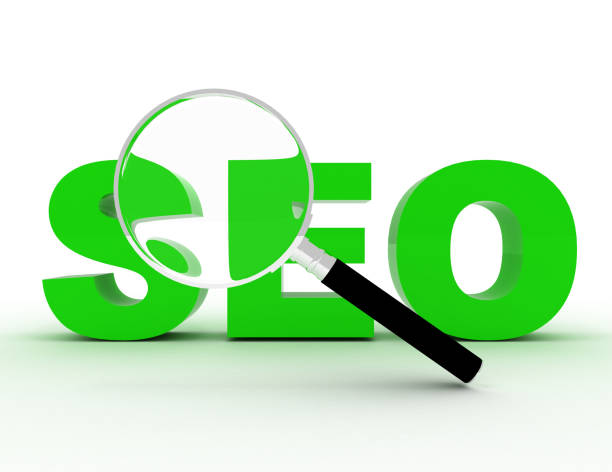
Internal linking refers to creating links between different pages of your website.
This helps users easily navigate your site and find relevant content.
Furthermore, internal linking helps search engines better understand your site’s structure and evaluate the value of different pages.
When internal linking, pay attention to the following:
- Use relevant links: Links should point to pages related to the current page’s content.
- Use appropriate anchor text: The anchor text should be descriptive and contain keywords relevant to the destination page.
- Use an appropriate number of links: Avoid excessive linking, as this can confuse users and search engines.
Example
Suppose you have written an article about “On-Page SEO.”
In this article, you can link to other articles about “Keyword Research,” “Content Optimization,” and “External Linking.”
| Link Type | Description | Advantages |
|---|---|---|
| Internal (Internal) | Link to other pages on the same site | Improved navigation, link equity distribution, increased user dwell time |
| External (External) | Link to pages on other sites | Increased credibility and relevance, provision of supplementary resources |
Page Loading Speed – A Fast and Smooth Experience for Users
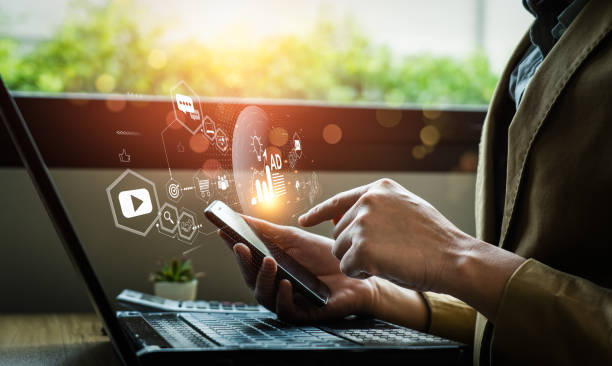
Page loading speed is one of the important factors in user experience and SEO.
Users expect web pages to load within a few seconds.
If your page takes too long to load, users might leave it and go to another site.
Google also considers page loading speed as a ranking factor.
Therefore, if you want to improve your site’s ranking on Google, you need to optimize your page loading speed.
To improve page loading speed, you can take the following actions:
- Use quality hosting: Choosing quality hosting can significantly impact your page loading speed.
- Optimize your images: Use image compression tools to reduce the size of your images without compromising quality.
- Use caching: Caching helps browsers load web pages faster.
- Use a CDN (Content Delivery Network): A CDN helps you store your site’s content on various servers around the world and deliver it to users from the closest server.
Does your company’s website create a professional and lasting first impression in the minds of potential customers? Rasawp, with professional corporate website design, not only represents your brand’s credibility but also opens a path for your business growth.
✅ Create a powerful and trustworthy brand image
✅ Attract target customers and increase sales
⚡ Get a free consultation
Mobile Optimization – Responding to the Needs of Users on the Go
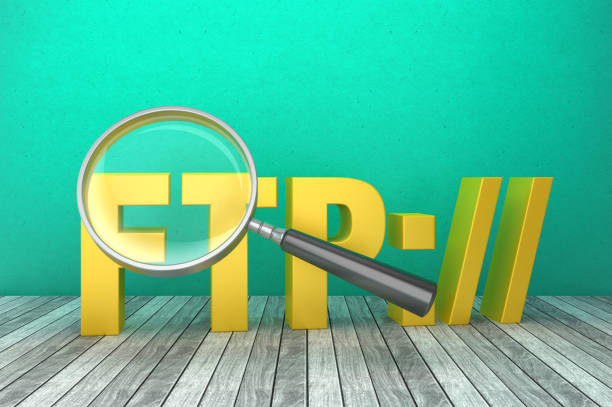
With the increasing use of mobile devices, optimizing websites for mobile has become a necessity.
Google also prefers websites that are optimized for mobile in search results.
A mobile-optimized website should:
- Be Responsive: Responsive design means that your website automatically adapts to the screen size of different devices (such as mobile, tablet, and desktop).
- Load quickly: Page loading speed is very important on mobile devices, as users typically use mobile internet, which is slower than home internet.
- Be readable and navigable: Your website content should be easily readable and navigable on mobile devices.
To test whether your website is mobile-optimized, you can use Google’s Mobile-Friendly Test tool.
Review and Analysis – Continuous Measurement and Improvement

On-Page SEO is an ongoing process that requires continuous review and analysis.
You should regularly check your website’s performance and identify its strengths and weaknesses.
Then, you should take the necessary actions to improve your website’s performance.
To review and analyze your website’s performance, you can use various tools such as Google Analytics and Google Search Console.
These tools help you obtain useful information about site traffic, user behavior, searched keywords, and other SEO-related factors.
By using this information, you can improve your On-Page SEO strategy and increase your site’s ranking on Google.
Remember that On-Page SEO is a long-term investment that requires patience and perseverance.
With continuous effort and follow-up, you can achieve desired results and gain more organic traffic.
Moreover, On-Page SEO itself can also lead to an increase in your sales.
These points, in turn, can also help improve your On-Page SEO.
Frequently Asked Questions
| Question | Answer |
|---|---|
| What is a Meta Title and why is it important in On-Page SEO? | The meta title is the most important On-Page SEO element displayed at the top of the browser tab and in search results. It helps search engines and users understand the main topic of the page and should include the main keyword. |
| What role does the Meta Description play in On-Page SEO? | The meta description is a short summary of the page’s content displayed below the title in search results. Although it doesn’t directly affect ranking, its attractiveness can increase the click-through rate (CTR). |
| How should keywords be used in page content? | Keywords should be used naturally and relevantly in strategic locations such as the title, headings, first paragraph, and body text. Avoid excessive keyword stuffing. |
| What is the importance of quality and comprehensive content in On-Page SEO? | High-quality, unique, informative, and comprehensive content that addresses user needs is of high importance. Search engines give higher rankings to content that creates real value. |
| What is the purpose of heading tags (H1-H6) in On-Page SEO structure? | Heading tags (H1, H2, H3, etc.) are used to structure content and indicate the importance of different sections. H1 is the main title of the page, and each page should have only one H1. Other tags are used for subheadings. |
| How do we optimize images to improve On-Page SEO? | To optimize images, use descriptive alt text that includes relevant keywords, reduce the image file size without compromising quality, and use meaningful and relevant file names. |
| What characteristics does a user-friendly URL have for On-Page SEO? | A user-friendly URL should be short, readable, descriptive, include the main keywords, and be free of extra characters. The URL structure should be hierarchical and logical to be understandable for both users and search engines. |
| How does Internal Linking help with On-Page SEO? | Internal linking, by connecting related pages, helps users and search engine crawlers better understand the site’s structure, transfer page authority, and increase user dwell time on the site. |
| What is the impact of page loading speed on On-Page SEO? | High loading speed is crucial for both user experience and SEO ranking. Slower pages might be ignored by search engines and lead to an increased bounce rate. |
| Why is mobile-friendliness very important in On-Page SEO? | Given the increasing number of searches via mobile devices, having a responsive and mobile-friendly site is essential for user experience and ranking in search results (Google’s mobile-first indexing). |
And other advertising agency services from Rasawp in the field of advertising
- Smart Reportage: A professional solution for user engagement focusing on attractive UI design.
- Smart SEO: A professional solution for increasing sales with a focus on precise audience targeting.
- Smart UI/UX: An innovative platform for improving customer behavior analysis with attractive UI design.
- Smart UI/UX: A combination of creativity and technology to increase website traffic through Google Ads management.
- Smart Website Development: A combination of creativity and technology for user interaction through SEO-driven content strategy.
And over hundreds of other services in internet advertising, advertising consultation, and organizational solutions
Internet Advertising | Advertising Strategy | Advertorials
Resources
Complete Guide to Internal SEO or On-Page SEO
What is Internal SEO? Comprehensive Guide to On-Page SEO 2023
How to Increase Your Website’s SEO Ranking on Google?
Complete Training on Internal SEO or On-Page SEO
? To elevate your business in the digital space and reach the peaks of success, experience custom website design and comprehensive digital marketing services with Rasawp Afarin.
📍 Tehran, Mirdamad Street, next to Bank Markazi, Kazeroun Jonubi Alley, Ramin Alley, No. 6




